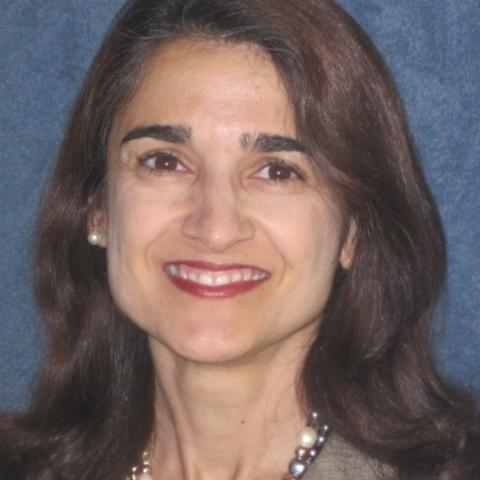Quick Summary
- Well-connected lives become disconnected
- Misinformation examples in public health, loan and grant programs
- Information can be corrected quickly if done wisely
The information surge in the COVID-19 pandemic has been almost as overwhelming as the surge occurring in medical facilities. While staying informed as well as being up to date on the latest technology is important, it’s also crucial to be cautious in your use of all this technology, University of California, Davis, experts advise.
Suzy Taherian, a lecturer in the Graduate School of Management, said in many ways the digital divide has become a “digital chasm.”

“Everyone shifted to working and learning online. Those with connectivity and technology jobs and skills could continue working remotely fairly unaffected during the shelter in place order,” she said in an article she wrote for Forbes about how COVID-19 has changed everyone’s lives. Technology enables the workplace to continue, she said. But there are times when being well-connected has its drawbacks.
Taherian, who teaches international finance and international business, saw a problem when the small business administration loan information was disseminated by the federal government, banks, accountants and others. The information was contradictory. Social media researcher and Associate Professor of Communication Cuihua (Cindy) Shen saw a similar breakdown with public health messaging.
Public health leaders faced huge challenges
The World Health Organization and the Centers for Disease Control and Prevention took to social media to try to correct misinformation, according to an article in AdWeek, “The WHO and CDC Are All Over Social Media, but Are They Making a Difference?” Shen commented in the article, published April 6, that the level of collaboration between platforms and public health authorities was unprecedented. Every major social platform promoted their content. But despite this increased social media presence by these entities, it was difficult for them to keep up.
Combating misinformation has been a primary issue in the pandemic, she said, whether that be over the use of masks, social-distancing, or symptoms or treatments for the coronavirus.
“…True information could become misinformation after a few days or a few weeks,” she said in the story. “And vice versa: Misinformation could become true information.”
“Even if a piece of information is found to be false, that information lingers,” Shen said. “That original impression doesn’t erase itself just because you’re exposed to fact-checking information.”
Misinformation lingers
Taherian agreed, adding that misinformation is still lingering over new SBA loans that have, as a result of federal action on COVID-19, been made available to individuals and businesses. “In the urgency to share information on the Payroll Protection Program under the CARES act that went into effect last Friday,” she said, details became confusing quickly.
“While the details of the program were not clear, numerous banks, advisors and experts with good intentions rushed to publish and share guidance online. There were many errors and unclear guidance and conflicting statements,” she said.
“Unfortunately, with technology, that misinformation got disseminated very quickly, and those folks propagated further to many others so the misinformation rippled out widely, and may stay visible for a long time. So even when public corrections are made, they may not reach all who got the misinformation and the misinformation may linger on the internet causing confusion for a long time.”

Shen, whose research and teaching interests revolve around the structure and impact of social networks in various online platforms, has some advice for both individuals and organizations.
For individuals, digital media literacy is important to identify information’s veracity:
- Check the source
- Cross check from multiple sources
- Ascertain on what date the information was published, and, perhaps most importantly…
- Take everything with a grain of salt
Digital literacy is not always enough, though. People don’t have time or the ability, sometimes, to check every source, she said. Most people are not going to look for medical journal articles to verify medical information they see online, for example.
Some fact checking is incumbent upon the organizations involved, Shen added. Sometimes people in positions of power are proactively spreading misinformation. Therefore, platforms such as twitter, Facebook and others need to be vigilant too. Social media outlets, additionally, serve a useful purpose in targeting specific age groups. “Different age groups need different messages,” she said.
The good news
“Now the good news,” asserts Taherian, is that there is a quick feedback loop.
“So many recipients quickly commented and corrected errors, and that information was distributed widely and quickly as well,” she said of the SBA confusion. “But the overall cacophony can be overwhelming.”
Media Resources
Karen Nikos-Rose, News and Media Relations, 530-219-5472, kmnikos@ucdavis.edu
